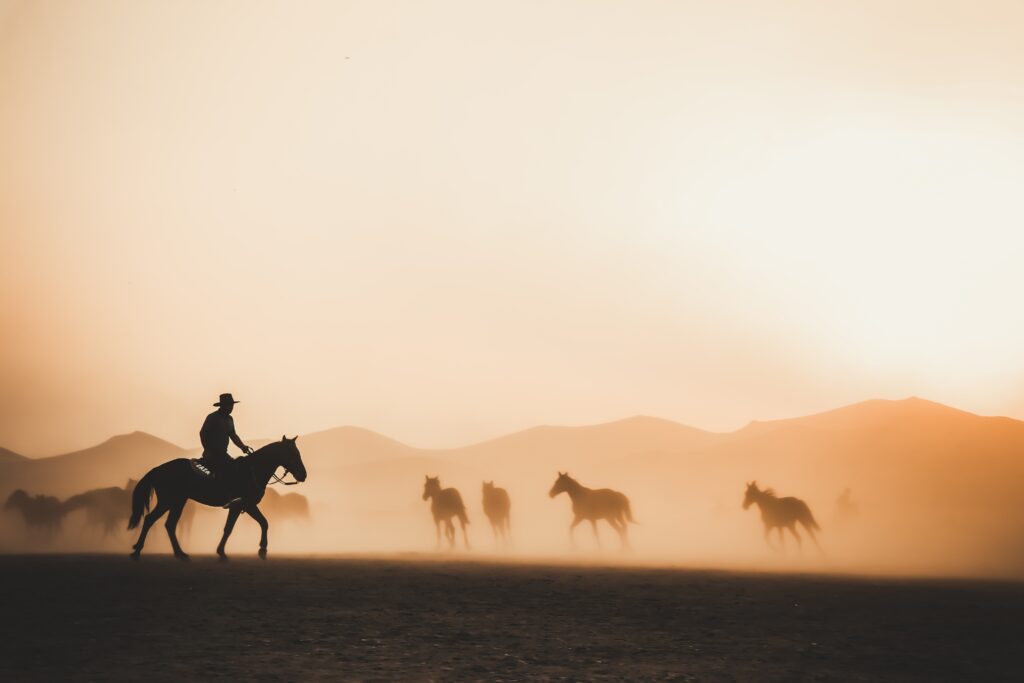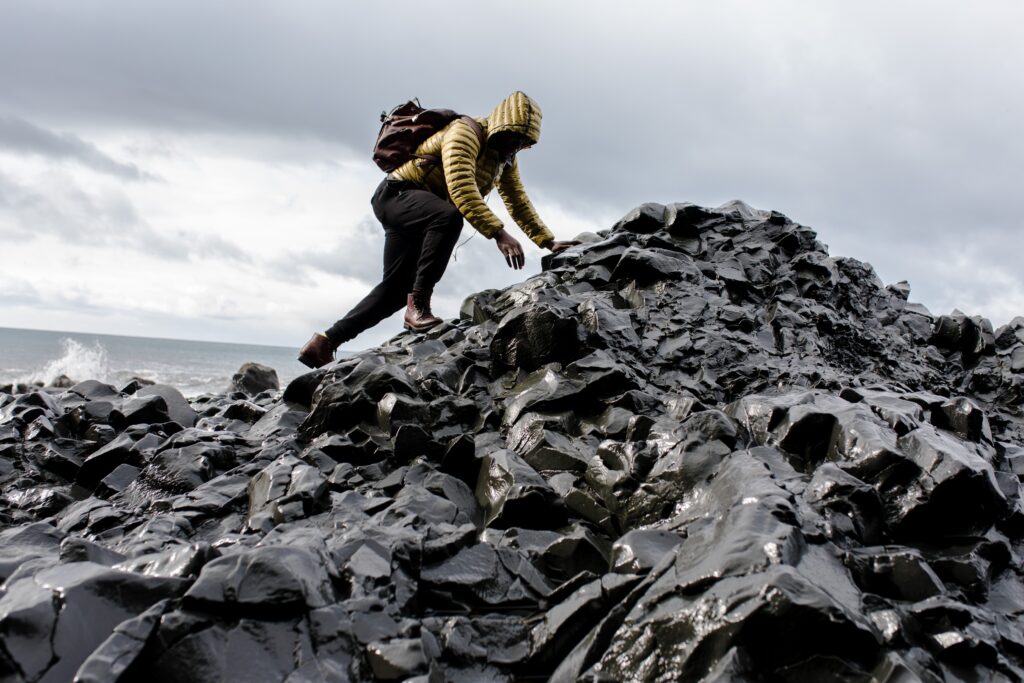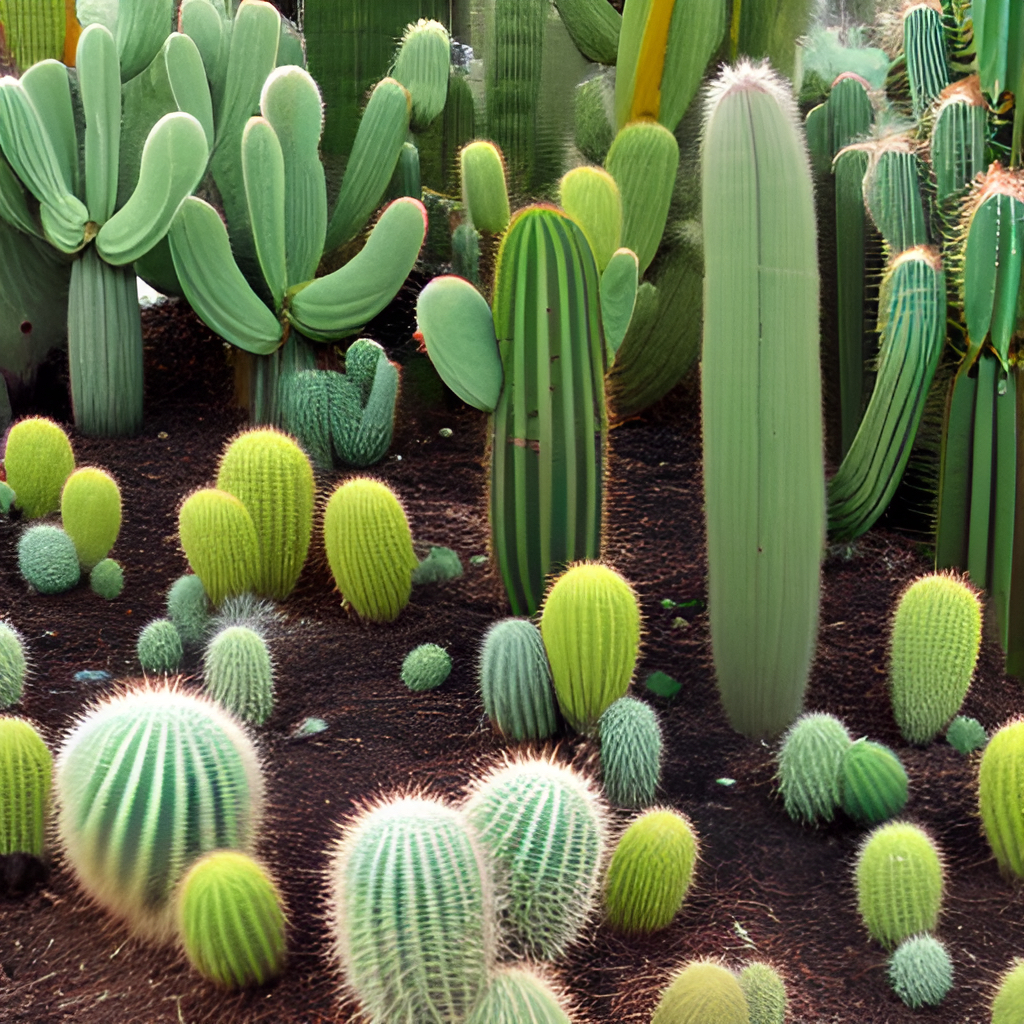Stargazing in Arizona: Astronomy in the Desert
Unveiling Arizona’s Stellar Secrets
In the heart of the Arizona desert, under the vast, unpolluted skies, lies a stargazing paradise waiting to be explored. This extensive guide is your portal to the world of astronomy in Arizona, offering a deep dive into the best stargazing spots and a trove of tips for both seasoned astronomers and those just starting to explore the wonders of the night sky. Find out why stargazing in Arizona is amongst some of the best skygazing destinations!
Prime Stargazing Locations: A Journey to Arizona’s Celestial Wonders
Arizona’s night skies beckon stargazers with their enchanting beauty and awe-inspiring clarity. In this guide, we’ll lead you on a celestial voyage to some of the state’s prime stargazing locations, where the cosmos comes alive with a brilliance that’s both captivating and humbling.
1. Kitt Peak National Observatory: Unlocking the Cosmos Virtually
Kitt Peak National Observatory is a celestial haven housing some of the world’s most potent telescopes and observatories. While visiting in person is an experience beyond compare, this guide offers a virtual tour of Kitt Peak, granting you access to its remarkable telescopes and a glimpse into the groundbreaking research conducted there. Kitt Peak is a treasure trove of astronomical discovery, where you can explore the mysteries of the universe from the comfort of your own device.
2. Oracle State Park: A Tranquil Oasis Under the Stars
Oracle State Park presents a serene and light-free setting that’s ideal for stargazing. Immerse yourself in the tranquil beauty of this park, where starry skies stretch as far as the eye can see. This location is a respite from light pollution, creating the perfect backdrop for your celestial explorations. Oracle State Park invites you to escape the urban glow and connect with the cosmos in a pristine, natural environment.
3. Grand Canyon National Park: The Grandeur of the Night Sky
Grand Canyon National Park, renowned for its breathtaking vistas, also offers a celestial spectacle that’s nothing short of extraordinary. This park holds the distinguished title of a certified International Dark Sky Park, guaranteeing unparalleled views of the night sky. With the vast expanse of the Grand Canyon as your backdrop, you can witness the magic of the night sky and the shimmering Milky Way in all its glory.
4. Flagstaff: Arizona’s Stargazing-Friendly City
Flagstaff, a city known for its stargazing-friendly atmosphere, beckons you to explore its celestial offerings. Dive into the wonders of Flagstaff and its Lowell Observatory, an institution with a rich history of astronomical research. Whether you’re a seasoned stargazer or a newcomer to the cosmos, Flagstaff welcomes you to a community that values and embraces the night sky, making it an ideal location for your stargazing adventures.
Arizona’s prime stargazing locations promise a journey through the celestial wonders of the universe. From virtual tours of observatories to serene natural settings and stargazing-friendly cities, each location provides a unique and unforgettable opportunity to connect with the brilliance of the night sky.

Exploring the Celestial Wonders:
Arizona’s skies are filled with gems that light up the night. Whether you’re an experienced astronomer or a casual stargazer, there’s something for everyone to admire:
Planetary Parade:
Arizona offers excellent viewing opportunities for the planets of our solar system. Jupiter, Saturn, Mars, and Venus are often visible and reveal their fascinating features through a telescope.
Starry Constellations:
The state’s dark skies make it an ideal place to observe constellations like Orion, Ursa Major, and Scorpius in all their splendor.
Deep-Sky Marvels:
Explore galaxies like the Andromeda Galaxy and the Whirlpool Galaxy, as well as nebulae like the Orion Nebula, which are visible from many parts of Arizona.
Total Solar Eclipses:
While Arizona isn’t always in the path of a total solar eclipse, it is nearby to several eclipse paths. Keep an eye on upcoming eclipse events and plan a trip to witness this rare and breathtaking phenomenon.
Lunar Eclipses:
Lunar eclipses are relatively common and can be seen from Arizona. These celestial events offer a mesmerizing display as Earth’s shadow gradually blankets the moon.

The Night Sky’s Gems
Planetary Parade: Arizona’s pristine, unpolluted skies set the stage for an extraordinary celestial event known as the “Planetary Parade.” During these moments, multiple planets align in the night sky, creating a mesmerizing spectacle. Among the standout planets are:
Jupiter:
This gas giant is a favorite among stargazers, featuring prominent cloud bands and a fascinating entourage of moons. Through a telescope, you can witness the mesmerizing dance of Jupiter’s Galilean moons and the enigmatic Great Red Spot, a massive storm that’s raged for centuries.
Saturn:
Known for its iconic ring system, Saturn is a marvel to behold. Gazing at it through a telescope reveals the intricate details of its rings, which are composed of countless particles ranging in size from pebbles to house-sized boulders.
Mars:
The Red Planet, with its rusty hue, offers a glimpse into the Martian landscape. During close approaches, you can observe polar ice caps and intriguing surface features like Valles Marineris, one of the largest canyons in the solar system.
Venus:
Shining brilliantly as the “Evening Star” or the “Morning Star,” Venus is often visible just after sunset or before sunrise. It’s the third-brightest natural object in the sky after the sun and the moon.
Starry Constellations: Arizona’s vast, unspoiled landscapes and dark skies make it a prime location for observing constellations. Some of the standout constellations include:
Orion:
The celestial hunter is a prominent sight during the winter months. Its distinctive “belt” of three stars and the stunning Orion Nebula, a stellar nursery where new stars are born, are remarkable features.
Ursa Major:
Known as the Great Bear, this constellation features the easily recognizable Big Dipper, which is actually an asterism within Ursa Major.
Scorpius:
This distinctive constellation graces the southern skies during the summer months, marked by its arched tail and the bright red star Antares. It’s one of the zodiac’s 12 constellations and is rich with mythology and lore.
Deep-Sky Marvels: Arizona’s dark skies offer a unique opportunity to explore deep-sky objects, including galaxies, nebulae, and star clusters. Notable sights include:
Andromeda Galaxy:
Our nearest galactic neighbor, the Andromeda Galaxy, is a majestic spiral galaxy that can be observed with the naked eye. Through a telescope, you can admire its spiral arms and distant stars.
Whirlpool Galaxy:
This galaxy, known for its striking spiral arms, offers an intriguing sight through telescopes. It’s often a target for astrophotographers due to its photogenic appearance.
Orion Nebula:
Located within the constellation Orion, this massive cloud of gas and dust serves as a stellar nursery where new stars are born. Observing this nebula is a humbling experience as you peer back in time to witness celestial events that occurred eons ago.
These celestial gems, along with the next section on meteor showers and celestial events, continue to make Arizona a top destination for stargazers. Whether you’re a novice or seasoned astronomer, the state’s dark skies provide a canvas for awe and wonder.

Meteor Showers and Celestial Events
Perseid Meteor Shower: One of the most anticipated events in the stargazing calendar, the Perseid meteor shower graces Arizona’s skies in August. As Earth passes through the debris left behind by Comet Swift-Tuttle, the night skies come alive with streaks of light. To make the most of this spectacle, venture to a dark, remote location away from city lights, set up a comfortable reclining chair, and immerse yourself in the dazzling display. The Perseid meteor shower is a fantastic opportunity for both beginners and experienced stargazers to witness a meteor shower in all its glory.
Total Solar Eclipses: While Arizona may not always find itself in the direct path of a total solar eclipse, it frequently lies in proximity to eclipse paths. Stay vigilant about upcoming eclipse events and consider planning a trip to witness this rare and breathtaking phenomenon. Viewing a total solar eclipse is a profound and unforgettable experience that connects you with the grandeur of our solar system and the delicate dance of celestial bodies.
Lunar Eclipses: Lunar eclipses, relatively common celestial events, can be readily observed from Arizona. These captivating displays unfold as Earth’s shadow gradually blankets the moon, casting it in a range of colors from deep red to copper. Lunar eclipses provide a wonderful opportunity to introduce friends and family to the mesmerizing wonders of the night sky.

Astronomy Essentials:
Stargazing is a timeless and mesmerizing hobby that allows us to explore the vast cosmos from the comfort of our own backyard. To fully enjoy this experience, one of the most crucial decisions you’ll make is selecting the right telescope. With so many options available, it can be a daunting task. In this blog post, we will provide you with expert guidance to help you choose the perfect telescope for your stargazing adventures.
Determine Your Budget:
When stargazing in Arizona Before delving into the technical details, it’s essential to establish your budget. Telescopes come in a wide range of prices, and your budget will be a primary factor in narrowing down your options. Fortunately, there are excellent telescopes available for various price points, so you can find one that suits your financial constraints.
Telescope Types:
There are three primary types of telescopes: refractors, reflectors, and compound telescopes.
Refractor Telescopes: These telescopes use lenses to gather and focus light. They are known for their crisp, high-contrast images and are great for lunar and planetary observation. However, they can be quite expensive for larger apertures.
Reflector Telescopes: These telescopes use mirrors to collect and reflect light. They are more affordable for larger apertures, making them popular choices for deep-sky and wide-field observation. Reflectors can be bulkier but offer a lot of value for money.
Compound Telescopes: These telescopes combine lenses and mirrors for the best of both worlds. They are versatile and suitable for various types of astronomical observations. However, they can be relatively complex and expensive.
Consider your specific interests in stargazing to determine which type of telescope suits you best.
Aperture Size:
The size of the telescope’s aperture, measured in inches or millimeters, is crucial. A larger aperture collects more light and allows you to see fainter objects and details more clearly. If deep-sky objects like galaxies and nebulae intrigue you, a telescope with a larger aperture is ideal. For planetary and lunar observation, a smaller aperture can suffice.
Portability and Mount:
Consider where you’ll be stargazing. If you plan to travel to dark-sky locations, a portable telescope is essential. Equally important is the mount. A stable mount is vital for steady, vibration-free viewing. There are various mount types, including alt-azimuth and equatorial mounts, each with its own advantages.
Accessories and Eyepieces:
Accessories like eyepieces, finderscopes, and filters can enhance your stargazing experience. Ensure that your chosen telescope is compatible with a variety of accessories to expand your observational capabilities.
Reviews and Recommendations:
Before making a purchase, read reviews and seek recommendations from experienced astronomers. Online forums and communities are great places to ask questions and gain insight into different telescope models and their performance.
Maintenance and Care:
Telescopes require regular maintenance to ensure their longevity and performance. Learning how to clean and store your telescope properly is crucial to keeping it in excellent condition.
Choosing the right telescope for your stargazing adventures is a significant decision that can greatly enhance your cosmic exploration. By considering your budget, telescope type, aperture size, portability, and other factors, you can make an informed choice that aligns with your interests and needs. With the right telescope in hand, you’ll be well-prepared to embark on unforgettable celestial journeys. Happy stargazing!

Planning Your Stargazing Adventure:
Stargazing is a magical experience, especially stargazing in Arizona. It connects us with the vast cosmos above, but it also comes with a responsibility to preserve the night sky and protect our environment. In this guide, you’ll understand the importance of responsible stargazing and its profound impact on our surroundings. Learn about the significance of reducing light pollution, respecting natural habitats, and following the principles of Leave No Trace while pursuing your celestial adventures. By practicing stargazing etiquette, you’ll not only enhance your stargazing experience but also contribute to safeguarding the beauty of our nocturnal landscapes for generations to come.
Stargazing Events and Festivals: A Celestial Calendar
Stay up-to-date with the latest stargazing events and festivals happening throughout Arizona. From meteor showers to celestial alignments, the state hosts an array of exciting gatherings for stargazing enthusiasts. This guide will help you keep track of the most noteworthy events, providing you with information on dates, locations, and the unique celestial phenomena you can witness. Whether you’re a seasoned astronomer or a budding stargazer, these events offer a chance to come together with a community of fellow enthusiasts and celebrate the wonders of the night sky.
Stargazing with Kids: A Journey to the Stars for Young Explorers
Introduce the next generation to the awe-inspiring world of stargazing with our guide on stargazing with kids. We’ll provide you with tips and ideas for making stargazing an engaging and educational experience for children. Discover the best practices for choosing child-friendly telescopes, exploring constellations, and igniting curiosity about the cosmos. From stargazing games to storytelling under the stars, this guide will help you create cherished family moments while nurturing a lifelong love for the wonders of the night sky in your little ones.
Conclusion
Stargazing in Arizona is perfect for all walks of life. The enchanting beauty of Arizona’s night skies beckons to stargazers of all backgrounds, from the seasoned astronomer to the casual observer. With its pristine dark skies, celestial gems like planets and constellations, awe-inspiring deep-sky marvels, meteor showers, and other celestial events, as well as the grandeur of the Milky Way, Arizona promises a wealth of opportunities to connect with the universe.
So, pack your telescope, bring along a star chart, and embark on a stargazing adventure in the heart of Arizona. In this vast, unspoiled landscape, the night sky is waiting to inspire, amaze, and forge a deep connection to the cosmos. Arizona is your gateway to the universe’s wonders, where memories of stargazing will be cherished for a lifetime.
Want to discover more Arizona marvels? “10 Must-See Things to Do in Sedona, Arizona“
































































